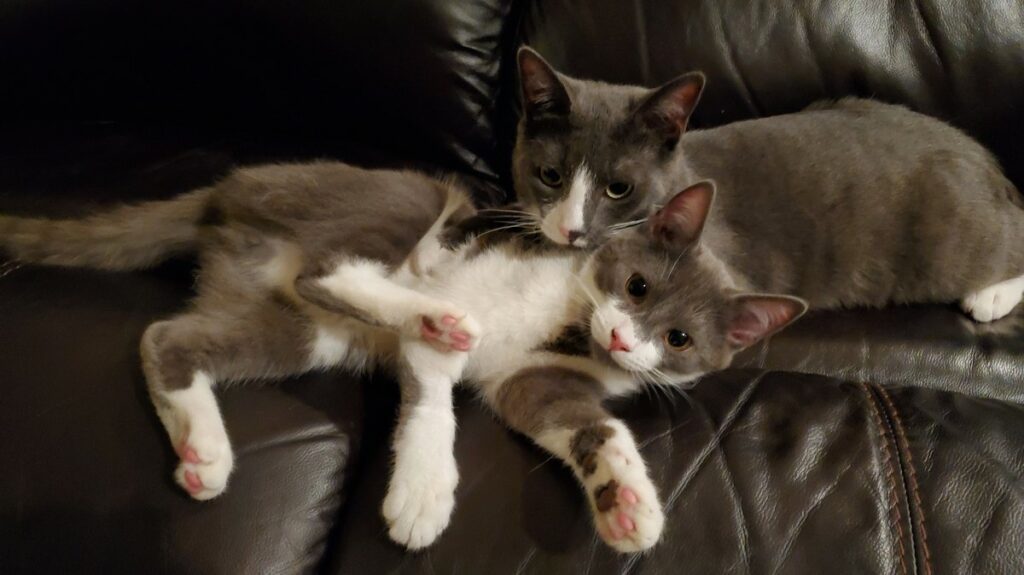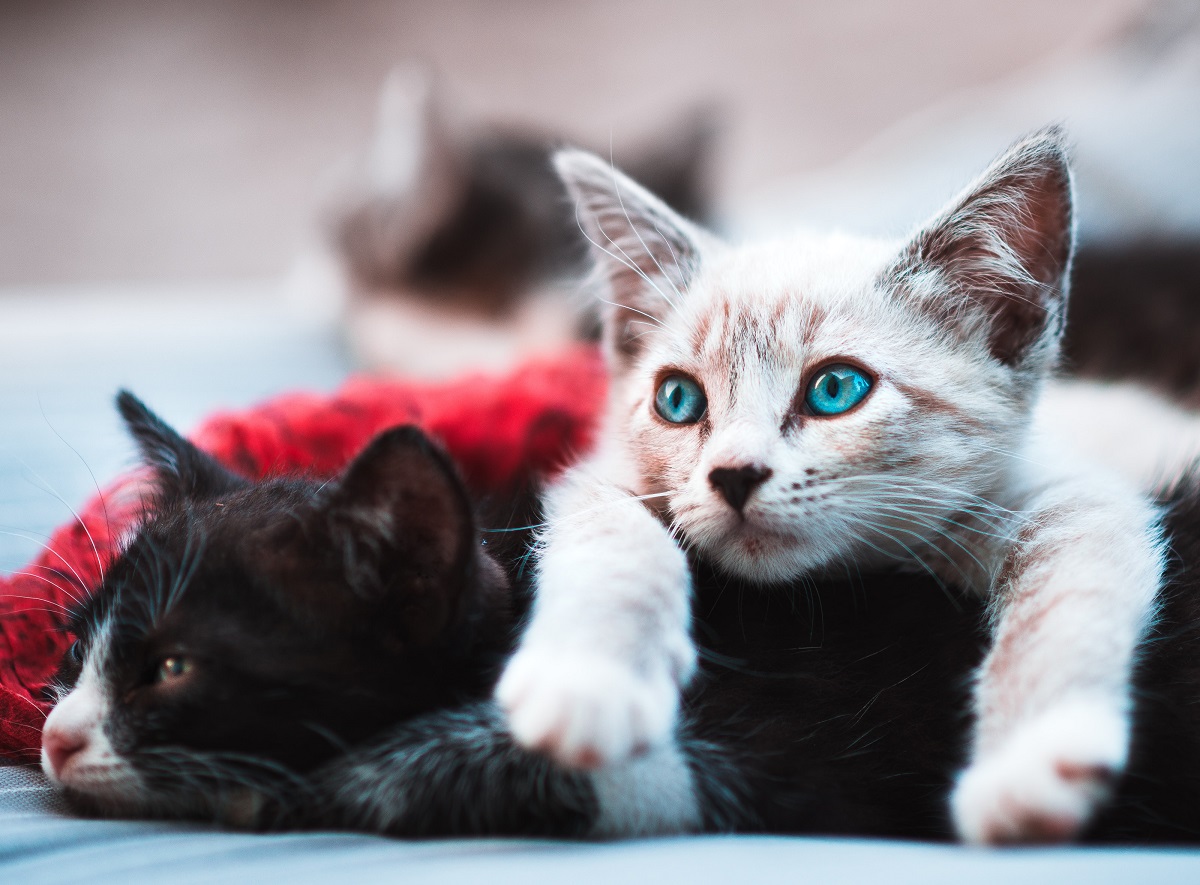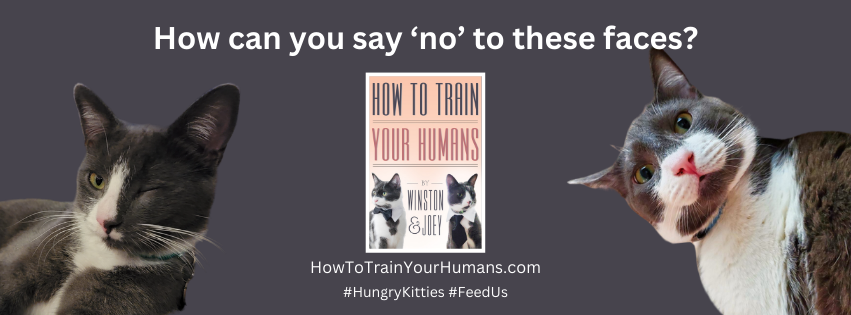Kittens are born with a lot of adorable features. Wobbly legs, oversized ears, and of course, those stunning blue eyes that make everyone melt. But here is the plot twist: most kittens will not keep their blue eyes forever. That dreamy gaze is just a part of their early development.
So why do all kittens start off with blue eyes, and when do they usually change? The short version is that it has to do with how melanin develops in their eyes as they grow. The long version is a fascinating look at how kitten biology works behind the scenes.
Let’s walk through the science behind those baby blues, what to expect as your kitten grows, and which cats get to keep their sky-colored eyes into adulthood.
Blue Eyes at Birth Are a Developmental Default
All kittens are born with blue eyes. This is not a style choice. It is a biological default. When kittens are born, their eyes have not started producing melanin, which is the pigment responsible for giving eyes their final color. Until that process begins, the eyes appear blue due to how light reflects off the unpigmented layers in the eye.
Think of it as an unfinished canvas. The blue color you see is not pigment. It is light scattering across the surface, sort of like how the sky looks blue even though space is not actually filled with color.
This lack of melanin is also why kittens are born with slightly cloudy-looking eyes at first. As the eye develops and the pigment settles in, the cloudiness fades and the final color starts to appear.
Eye Color Starts to Change Around Six to Eight Weeks
That big reveal you have been waiting for usually happens between six and eight weeks of age, although it can vary. During this time, melanin-producing cells begin to activate in the iris, and your kitten’s permanent eye color starts to come through.
If your kitten is going to have green, yellow, or amber eyes, this is when you will start to see those tones peek through the blue. For some kittens, the change is quick. For others, it can take several more weeks to fully develop.
By the time your kitten is about three to four months old, you can usually tell what their adult eye color will be. A few slow-changers might take up to six months, but that is rare.
Some Cats Keep Their Blue Eyes Forever
While most kittens outgrow their blue eyes, there are a few lucky ones who get to keep them for life. These cats have genetic traits that prevent the production of melanin in the iris, keeping the eyes that bright blue shade into adulthood.
Related read: How Cats Navigate the Night Without a Flashlight.
Blue eyes are permanent in some of the following cases:
- Cats with point coloration, like Siamese, Ragdolls, and Birmans
- White cats with certain genetic backgrounds
- Some cats with albinism or other pigmentation-related traits
It is important to note that not all white cats have blue eyes, and not all blue-eyed cats are white. The genetics of coat color and eye color are separate but sometimes overlap in interesting ways.
Eye Color Has Nothing to Do With Personality
While your kitten’s eye color may shift over time, their personality is not likely to change with it. There is no scientific evidence linking eye color to temperament, behavior, or intelligence in cats.
A bold, curious kitten will still be bold and curious with golden, green, or copper eyes. That blue-eyed stare is adorable, but it is not a personality predictor.
That said, eye health is still important, no matter the color. If you notice any unusual changes like swelling, discharge, squinting, or if one eye changes color significantly while the other does not, it is a good idea to have your vet check things out.

Dear Joey, It seems like just yesterday we were both tiny bundles of fur with captivating blue eyes. Oh, those baby blues could melt hearts, couldn’t they? One look from us and it would turn our humans into puddles of goo. It was just, you know, marvelous. But alas, my dear sibling, those times have come and gone. Now, we have only our cuteness to rely on. #MissingThoseBabyBlues #KittyMemories #We’reStillAdorable
Winston
Tips for Supporting Eye Development
While you cannot control what color your kitten’s eyes will become, you can help support their overall health and development during this stage.
Here are a few easy ways to help:
- Feed a balanced, nutrient-rich diet to support eye and brain development
- Keep the environment clean and free from dust and irritants
- Handle your kitten gently as their eyes adjust to light and movement
- Provide plenty of natural light during the day without harsh glare
- Watch for signs of irritation or infection and contact your vet if anything seems off
Healthy kittens should have clear, bright eyes with no excessive watering or discharge. If anything changes quickly or seems off, early intervention is always best.
Final Thoughts: Every Eye Tells a Story
Blue eyes in kittens are a temporary but beautiful part of growing up. As your kitten matures, their eye color shifts to reflect their genetics, giving you a glimpse of who they are becoming. Whether they end up with emerald green, golden yellow, or keep those icy blues forever, it is all part of the transformation.
Enjoy those baby blues while they last, snap a few photos, and get ready to meet the new face staring back at you in a couple of months. No matter the color, those eyes will still be full of curiosity, chaos, and charm.
Sources:
Why Do Kittens Have Blue Eyes https://www.petmd.com/cat/general-health/why-do-kittens-have-blue-eyes
Kitten Eye Development Timeline https://www.icatcare.org/advice/cat-eyes-what-color-will-they-be
Understanding Feline Genetics https://vcahospitals.com/know-your-pet/genetics-in-cats
Eye Color and Coat Color in Cats https://www.humanesociety.org/resources/coat-colors-and-patterns-cats
Recent Posts
Explore why cats sleep so much, including the evolutionary reasons and the health benefits they derive from their extensive sleep patterns.
Explore the causes of cat dandruff, its implications, and effective ways to deal with it so your feline friend remains happy and healthy.


